Boost Your Replacement Bids – Request a Precision Estimate!
- Accurancy
- Efficiency
- Transparency
- Customization
- Time Saving
- Professionalism
- Cost Control
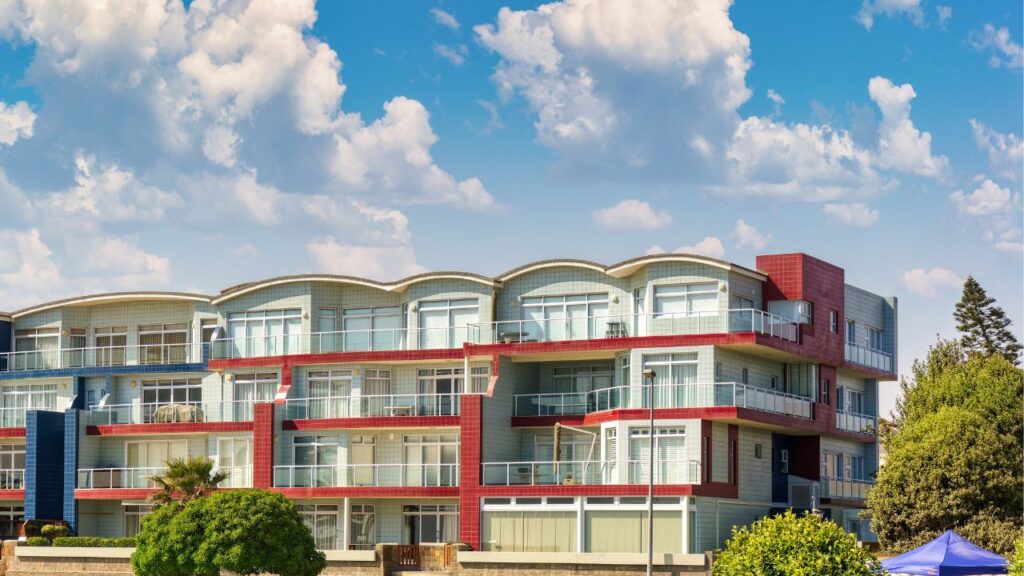
Navigating the complexities of home insurance involves understanding crucial elements, and dwelling coverage is at the forefront. One pivotal aspect of dwelling coverage is the replacement cost, especially relevant for homeowners in Florida, where the cost of construction can vary significantly. In this article, we delve into the intricacies of replacement cost estimation and the choices homeowners have when it comes to protecting their investment.
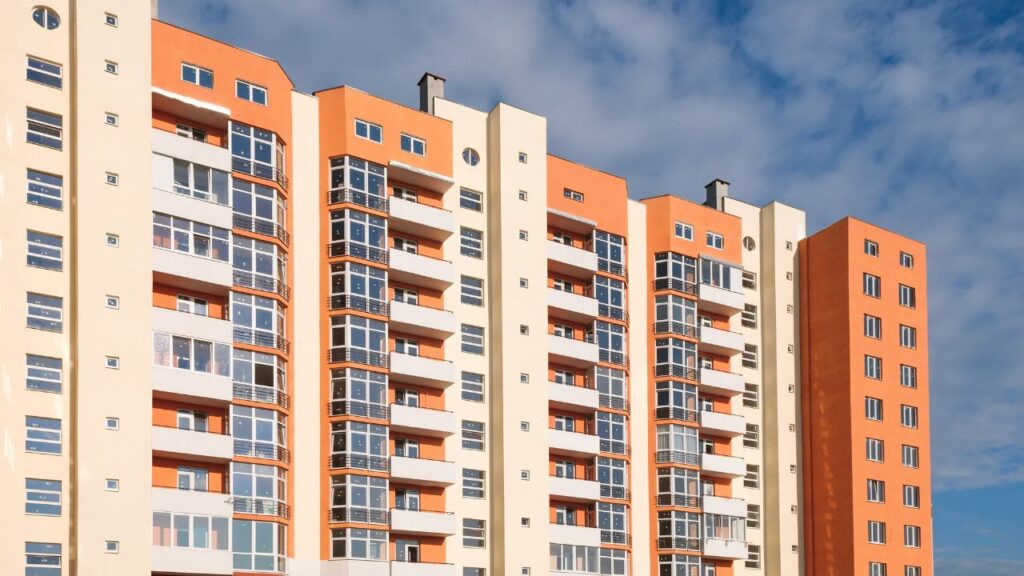
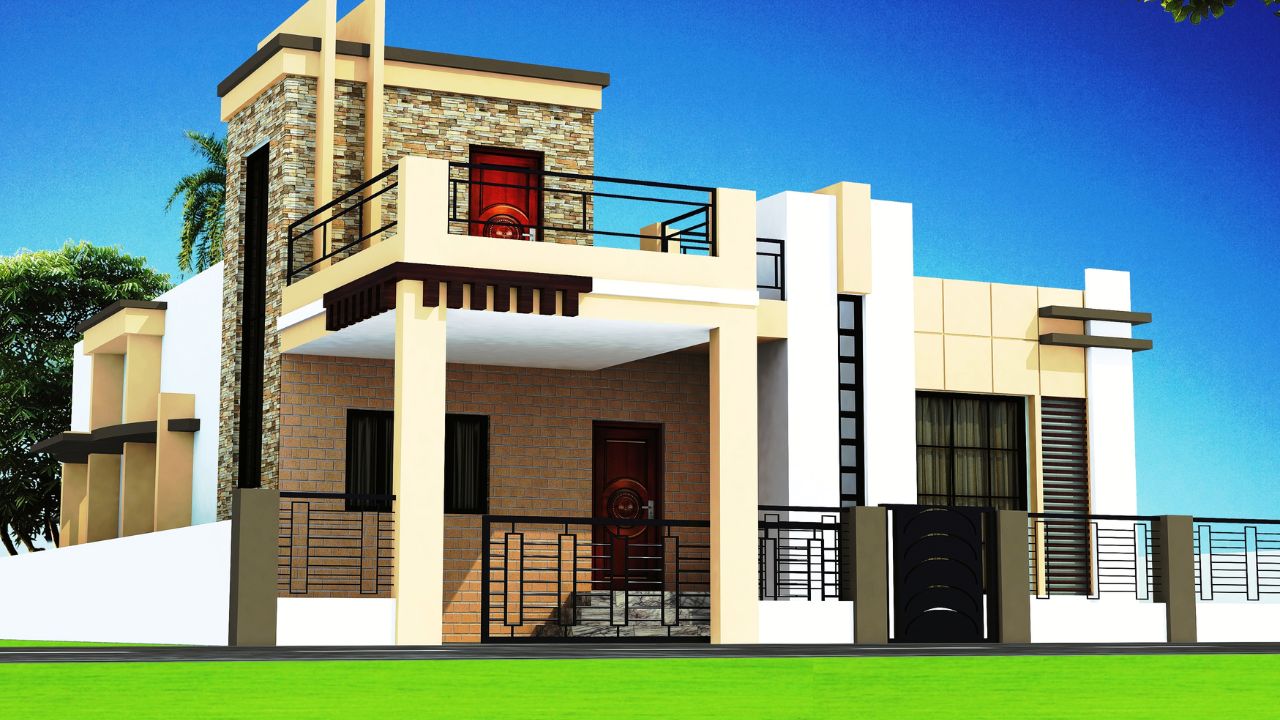
Make Informed Design Decisions Showcase Your Design Ideas
Get RenderingThe replacement cost of a home refers to the total expense of reconstructing it to its original state before any damage occurred. This includes using materials and craftsmanship of similar quality. Unlike market value or purchase price, replacement cost focuses on the actual costs of construction, encompassing labor, building materials, and additional relevant expenses.
Estimating replacement cost considers factors like the home’s size, architectural features, and local construction rates. Homeowners can utilize tools such as replacement cost estimators for a more tailored and accurate assessment. This ensures that the chosen coverage aligns with the actual rebuilding needs.
Factor | Influence on Replacement Cost | Example Cost Impact |
Age of the Home | Different building standards and materials used during different time periods. | Older homes might involve additional costs due to unique construction methods or the need for specialized materials that may be more expensive or challenging to source. |
Square Footage | Larger homes generally incur higher replacement costs. | Replacement cost scales with the size of the home. A larger home requires more materials and labor, contributing to higher reconstruction expenses. |
Home Features | Quality of features impacts replacement cost. | If your home features hardwood floors, a metal roof, and high-end fixtures, the replacement cost would be higher compared to a home with standard materials. |
Fixtures Quality | Higher quality fixtures result in higher replacement costs. | Homes with premium fixtures incur higher replacement costs, as these fixtures contribute to the overall value and quality of the property. |
House Style and Foundation Type | Unique designs or foundation types can affect replacement cost. | Architecturally complex homes may involve intricate construction processes, impacting labor and material costs. Different foundation types, such as a slab, crawlspace, or basement, come with varying costs. For example, constructing a basement involves additional expenses compared to a simple slab foundation. |
Calculating replacement cost might seem challenging, but various resources can assist. Local contractors, property inspection reports, and insurance agents are valuable sources. Many insurance companies employ cost-to-rebuild calculators, which consider factors like the age of the home, square footage, features, fixtures quality, and foundation type.
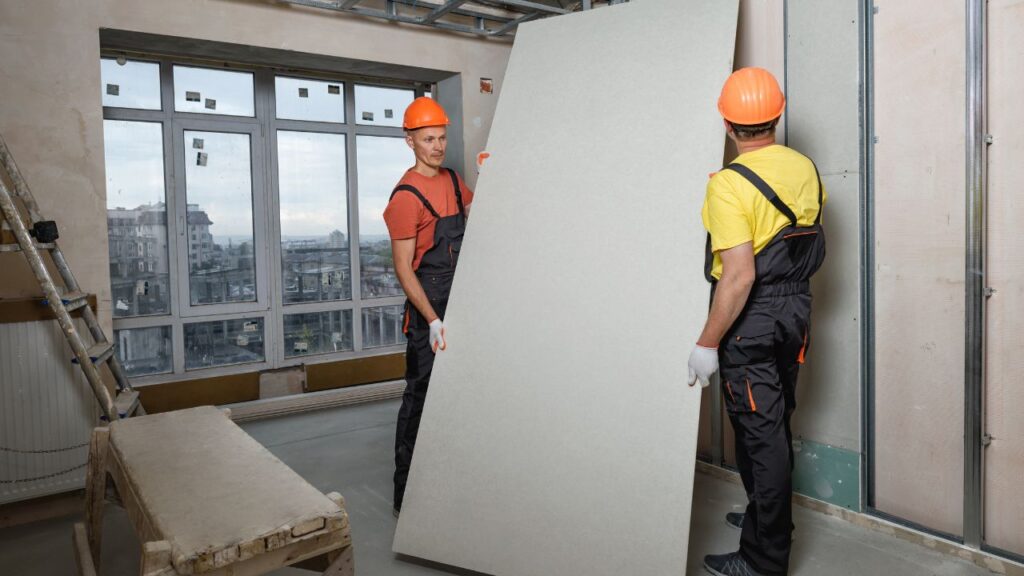
For instance, if your home is 2,000 square feet with high-quality features and fixtures, built in the last decade, the replacement cost might be estimated at $200 per square foot. This gives you a preliminary estimate of $400,000.
Collaborating with licensed insurance agents, especially those familiar with local construction costs, is beneficial. Agents can provide insights into the unique characteristics of your home that impact replacement cost.
An insurance agent can work with you to gather specific details about your home, ensuring a more accurate replacement cost estimate. They might use tools provided by insurance companies, combining technology with their local knowledge.
The year of construction influences replacement cost, reflecting different building standards and materials used during that period.
Older homes might have unique construction methods, and obtaining materials for restoration can be more challenging, potentially increasing replacement costs.
For instance, a historic home may require specialized materials or craftsmanship, contributing to a higher replacement cost compared to a newer home.

Larger homes generally incur higher replacement costs due to increased square footage.
Replacement cost scales with the size of the home. A larger home requires more materials and labor, contributing to higher reconstruction expenses.
If your home is 4,000 square feet, the replacement cost could be double that of a 2,000 square feet home, assuming similar construction quality.
Features like flooring, roofing materials, and fixtures quality impact replacement cost. High-quality features result in higher replacement costs.
For example, if your home features hardwood floors, a metal roof, and high-end fixtures, the replacement cost would be higher compared to a home with standard materials.
Specialized features, such as custom-built cabinets or high-end appliances, contribute to a higher replacement cost due to their quality and uniqueness.
The quality of fixtures, including countertops, cabinets, and lighting, influences replacement cost.

Homes with premium fixtures incur higher replacement costs, as these fixtures contribute to the overall value and quality of the property.
For instance, if your home has custom-built cabinets, granite countertops, and designer lighting, the replacement cost would be higher compared to a home with standard fixtures.
Complex designs or unique foundation types can affect replacement cost. For instance, homes with basements may have different cost considerations.
Architecturally complex homes may involve intricate construction processes, impacting labor and material costs.
Different foundation types, such as a slab, crawlspace, or basement, come with varying costs. For example, constructing a basement involves additional expenses compared to a simple slab foundation.
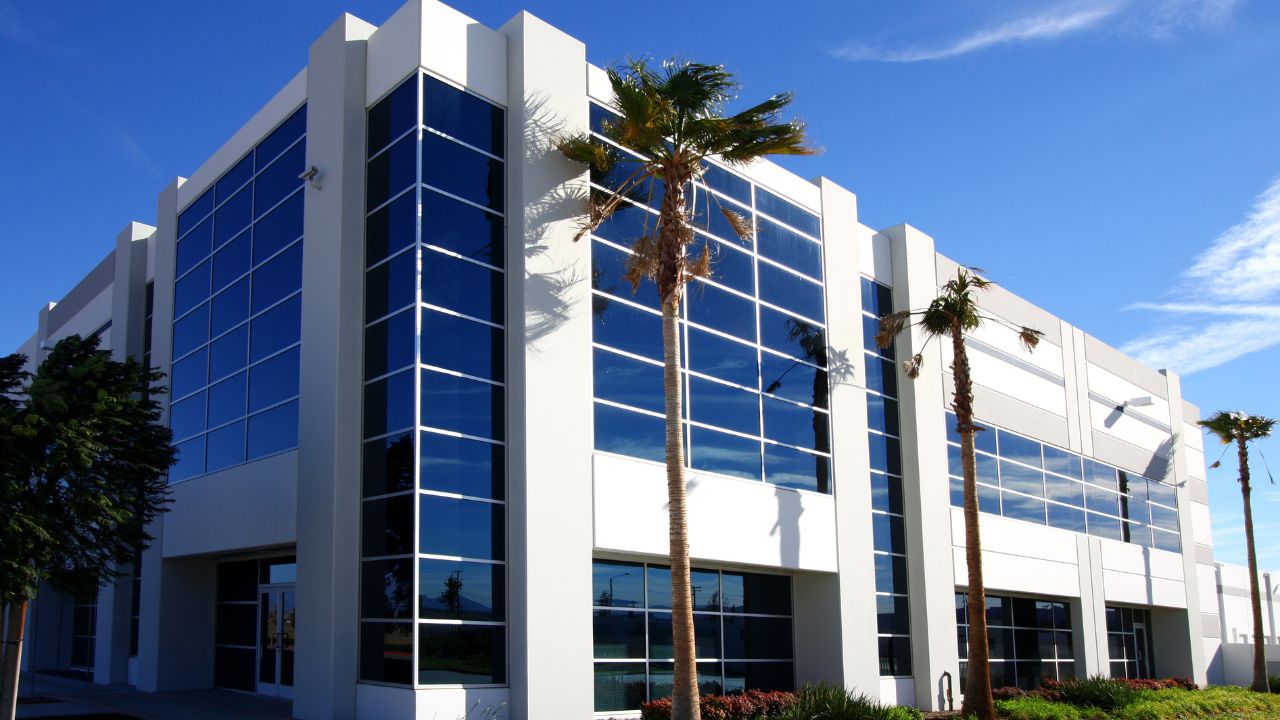
Fully Insured Licensed Hire Builder for Construction
Hire Contractor
Make Informed Design Decisions Showcase Your Design Ideas
Get RenderingA home with a unique architectural design or a basement might require specialized construction methods, contributing to higher replacement costs.
The replacement cost determines coverage A in your homeowners insurance policy, affecting other coverages such as B (other structures) and C (personal property).
Suppose your estimated replacement cost is $400,000. This becomes the coverage A amount, influencing the limits of other coverages.
With a $400,000 coverage A, coverage B (other structures) would be $40,000 (10% of coverage A), providing protection for structures like sheds or detached garages. Coverage C (personal property) would range from $200,000 to $300,000 (50% to 75% of coverage A), covering belongings like furniture and appliances.
The coverage amount influences the percentage limits of other coverages. For example, coverage B is typically 10% of coverage A, and coverage C ranges from 50% to 75% of coverage A.
With a $400,000 coverage A, coverage B would be $40,000, providing protection for other structures on your property. Coverage C would range from $200,000 to $300,000, covering personal property.
Suppose your home has a separate garage. The replacement cost of the garage is considered in coverage B, ensuring you have the necessary funds to repair or rebuild the structure if damaged.
Dwelling coverage can be based on actual cash value (ACV) or replacement cost value (RCV). ACV considers depreciation, covering the current market value, while RCV focuses on rebuilding costs without depreciation.
If your home has depreciated due to age or wear and tear, ACV would provide coverage at a lower value compared to RCV. RCV ensures you receive the full cost of rebuilding, without factoring in depreciation.
If the lifespan of a roof is 20 years and it’s currently 10 years old, ACV might cover only 50% of the replacement cost. RCV, on the other hand, covers the full cost of installing a new roof.
Understanding these distinctions is crucial, as they significantly impact coverage amounts and the rebuilding process after a loss. Policies should clarify adjustments and their implications.

Your insurance policy should specify whether it uses ACV or RCV. It’s essential to comprehend these terms, as they directly affect the financial outcome in the event of a claim.
Suppose your policy uses RCV, and your home’s replacement cost increases due to rising construction costs. The policy might include an adjustment clause to account for these changes.
The typical homeowners insurance policy includes standard replacement cost, covering repair or rebuild costs without depreciation.
Standard replacement cost ensures that you receive the necessary funds to restore your home to its pre-loss condition, considering current construction costs.
If a covered loss damages your home’s roof, standard replacement cost coverage would provide the funds needed to repair or replace the roof, factoring in current labor and material costs.
Homeowners can opt for extended replacement cost, increasing coverage A by a percentage above the dwelling limit to guard against rising costs.
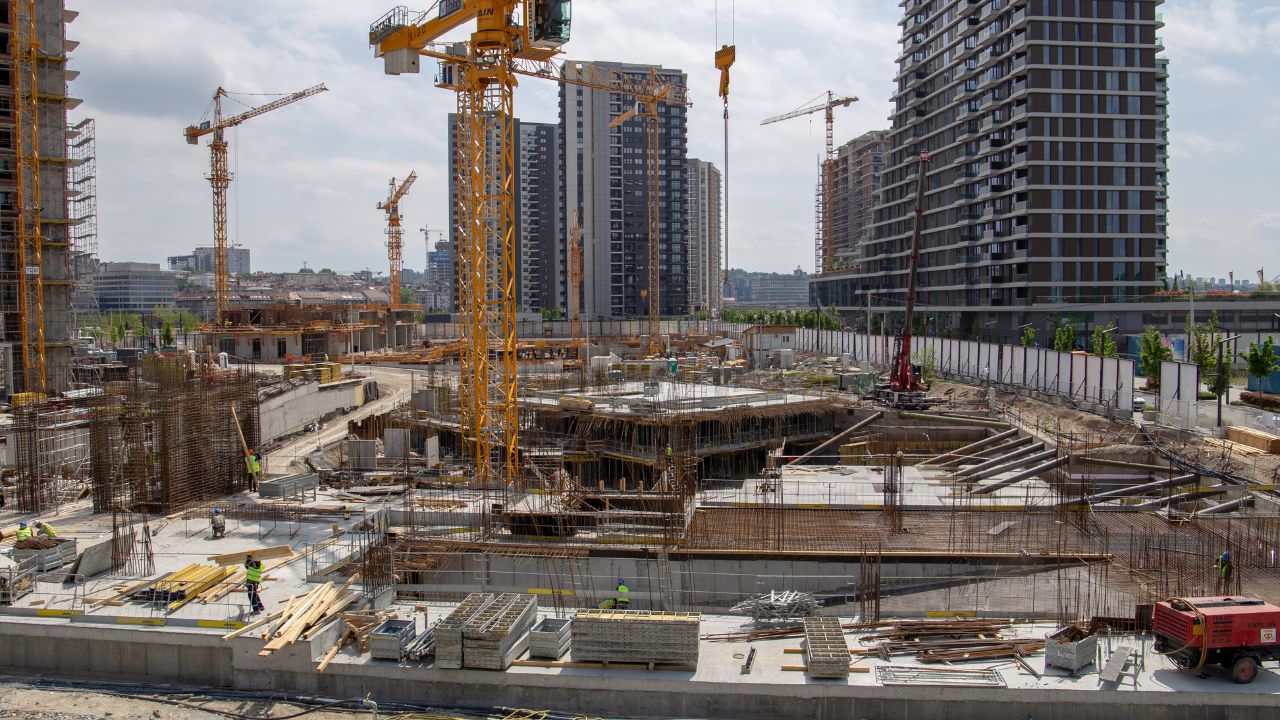
Fully Insured Licensed Hire Builder for Construction
Hire Contractor
Make Informed Design Decisions Showcase Your Design Ideas
Get RenderingChoosing extended replacement cost provides an additional layer of protection, especially crucial in regions where construction costs are prone to fluctuations.
If your dwelling limit is $200,000, a 25% extended replacement cost option would increase coverage A to $250,000. This additional $50,000 provides a buffer against unexpected cost increases during the rebuilding process.
In regions where construction costs are subject to fluctuations, extended replacement cost ensures you have sufficient coverage, even if rebuilding costs rise unexpectedly.
This comprehensive option ensures reimbursement for the full amount needed to replace or rebuild a home, regardless of depreciation or increasing construction costs.
Guaranteed replacement cost coverage offers the highest level of protection, assuring homeowners that they can rebuild their home to its original state, even if costs have significantly increased since the initial construction.
While offering comprehensive coverage, guaranteed replacement cost is usually more expensive than standard or extended replacement cost policies.
Suppose a covered loss results in significant damage to your home, and the cost of rebuilding exceeds the initial construction cost. Guaranteed replacement cost coverage would cover the full amount needed to rebuild, even if it’s higher than the original cost.
Understanding replacement cost coverage is an estimate and doesn’t guarantee full coverage. Homeowners can mitigate financial risk with replacement cost policies and extended dwelling coverage.
By choosing replacement cost policies, homeowners ensure they have the necessary financial resources to rebuild their homes without facing unexpected financial burdens.
Suppose a fire damages your home, and the cost of rebuilding exceeds the initial estimate. Replacement cost coverage ensures you receive the funds needed for the full reconstruction, mitigating the financial impact.
To offset rising costs, extended dwelling coverage options offer increased protection. Homeowners need to assess budgetary constraints and preferences when choosing the right option.
Consider your budget and preferences when deciding between standard, extended, or guaranteed replacement cost coverage. While guaranteed replacement cost offers unparalleled protection, it might not be necessary for every homeowner.
Suppose you have budget constraints but want added protection. Choosing extended replacement cost allows you to increase coverage within budgetary limits, ensuring additional financial support in case of unexpected cost increases.
Dwelling coverage is a crucial component of homeowners insurance, covering the cost of repairing or rebuilding your home in the event of a covered loss.
Replacement cost is calculated based on factors like the age of the home, square footage, features, fixtures quality, and foundation type, using tools such as replacement cost estimators.
The year your home was built impacts replacement cost, reflecting different building standards and materials used during that period.
Extended replacement cost increases coverage A by a percentage above the dwelling limit, providing additional protection against inflation and rising construction costs.
Availability of guaranteed replacement cost coverage varies by state and insurance provider. It’s advisable to check with your specific state and insurance company for details.
Here I am going to share some steps to get a replacement cost estimate report.
You can send us your plan on info@estimatorflorida.com
Before starting your project, we send you a quote for your service. That quote will have detailed information about your project. Here you will get information about the size, difficulty, complexity and bid date when determining pricing.
Our team will takeoff and estimate your project. When we deliver you’ll receive a PDF and an Excel file of your estimate. We can also offer construction lead generation services for the jobs you’d like to pursue further.



561-530-2845
info@estimatorflorida.com
Address
5245 Wiles Rd Apt 3-102 St. Pete Beach, FL 33073 United States
561-530-2845
info@estimatorflorida.com
Address
5245 Wiles Rd Apt 3-102 St. Pete Beach, FL 33073 United States
All copyright © Reserved | Designed By V Marketing Media | Disclaimer